Hello, fellow bird enthusiasts!
Welcome to an exciting journey through the vibrant avian world of New Hampshire.
In this article, we will explore 24 common birds that grace the picturesque landscapes of this beautiful state.
From the melodious songs of warblers to the majestic flights of raptors, New Hampshire offers a haven for birdwatchers of all levels.
So grab your binoculars, prepare your notepads, and join me as we unravel the fascinating tales and unique characteristics of these feathered friends.
Let’s embark on an adventure and discover the enchanting avifauna that calls New Hampshire home.
| Image | Bird | Features | Price |
|---|---|---|---|
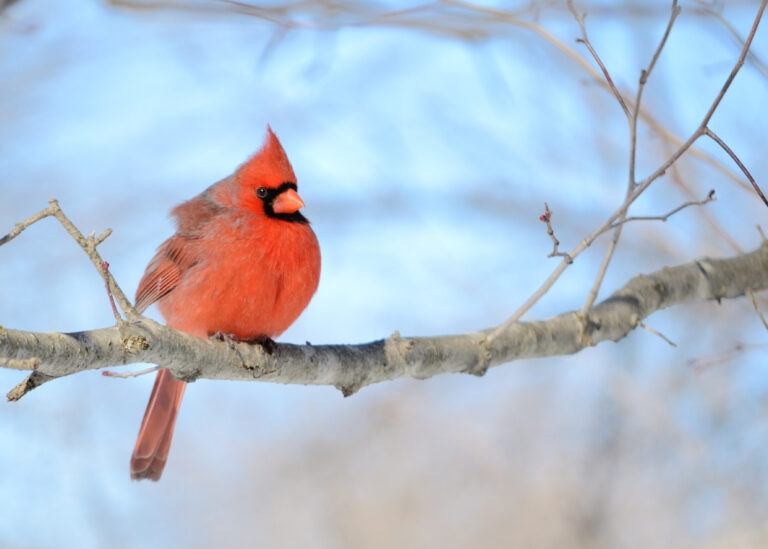 |
| 9.7 | Check Price |
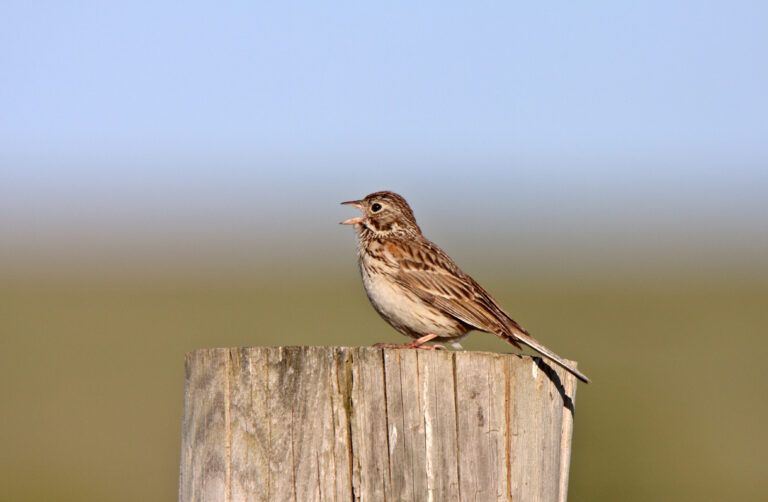 |
| 9.5 | Check Price |
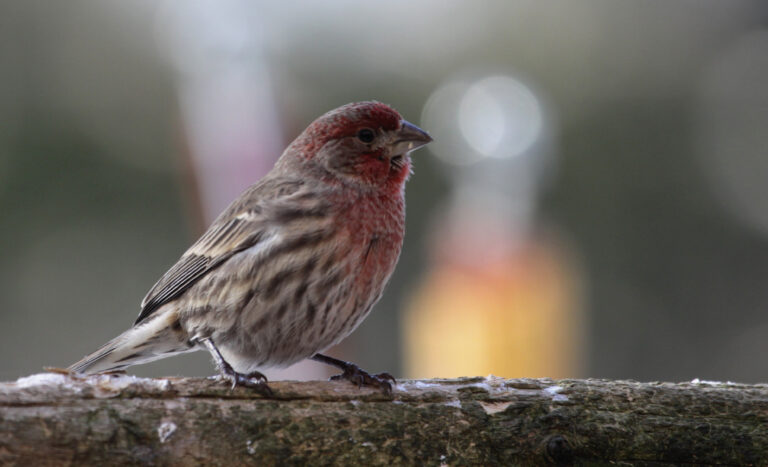 |
| 9.1 | Check Price |
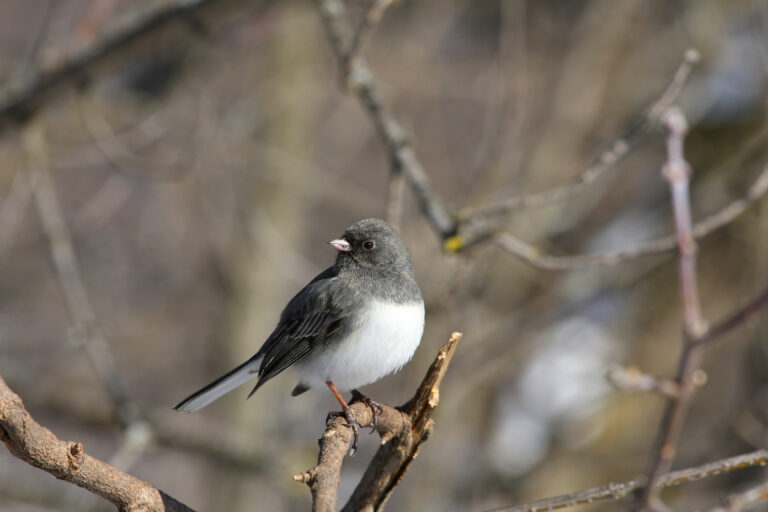 |
| 8.8 | Check Price |
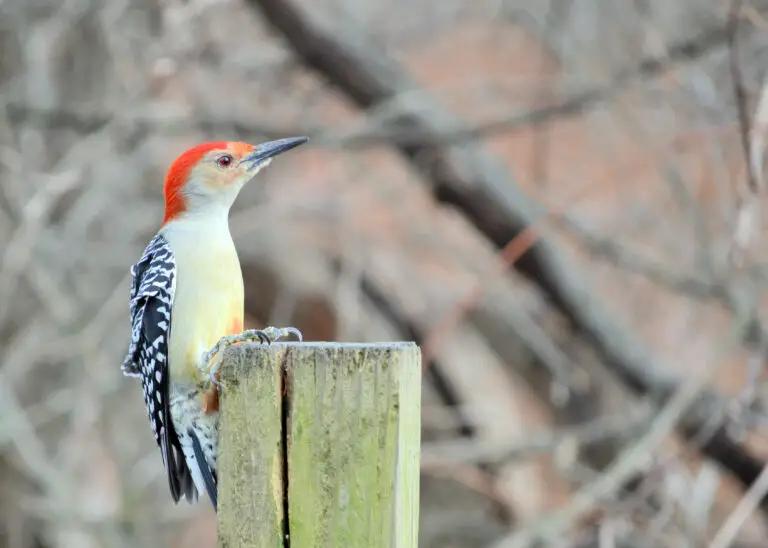 |
| 8.6 | Check Price |
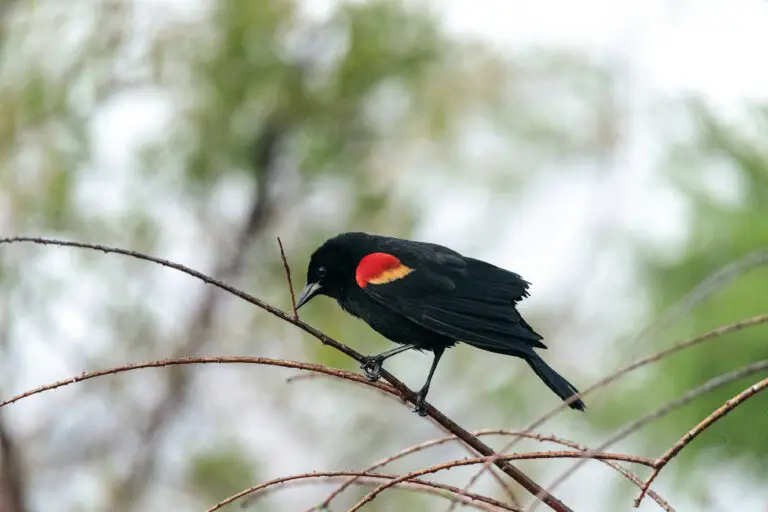 |
| 8.2 | Check Price |
 |
| 8 | Check Price |
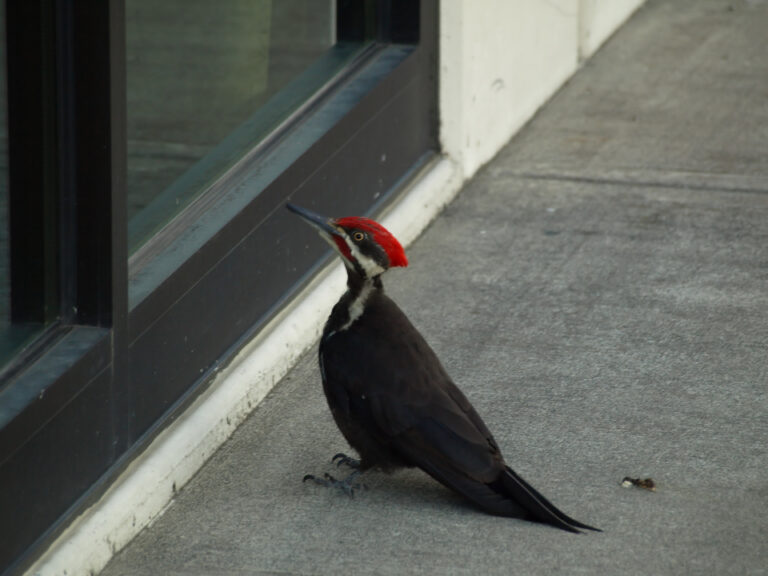 |
| 7.7 | Check Price |
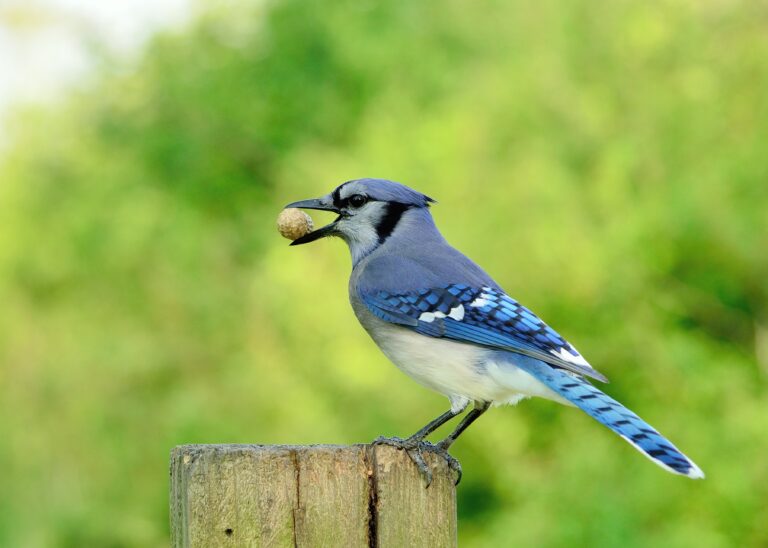 |
| 7.4 | Check Price |
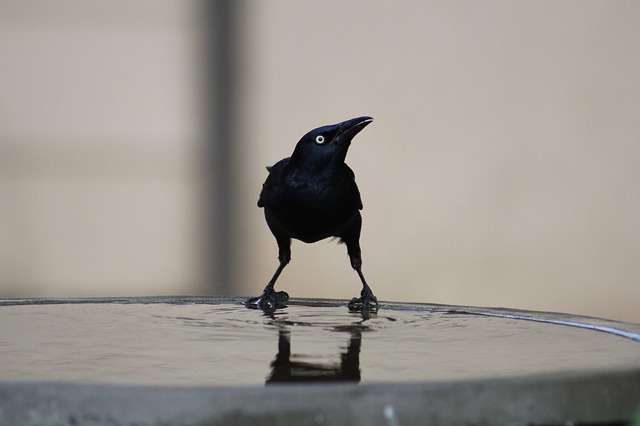 |
| 7.2 | Check Price |
 |
| 9.5 | Check Price |
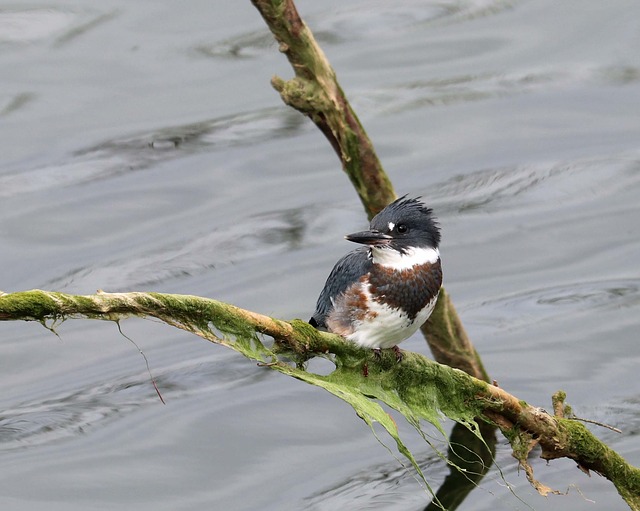 |
| 9.5 | Check Price |
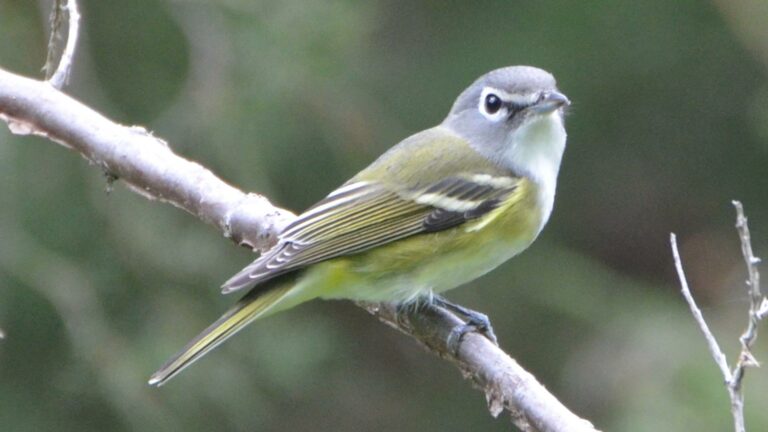 |
| 9.5 | Check Price |
 |
| 9.5 | Check Price |
 |
| 9.5 | Check Price |
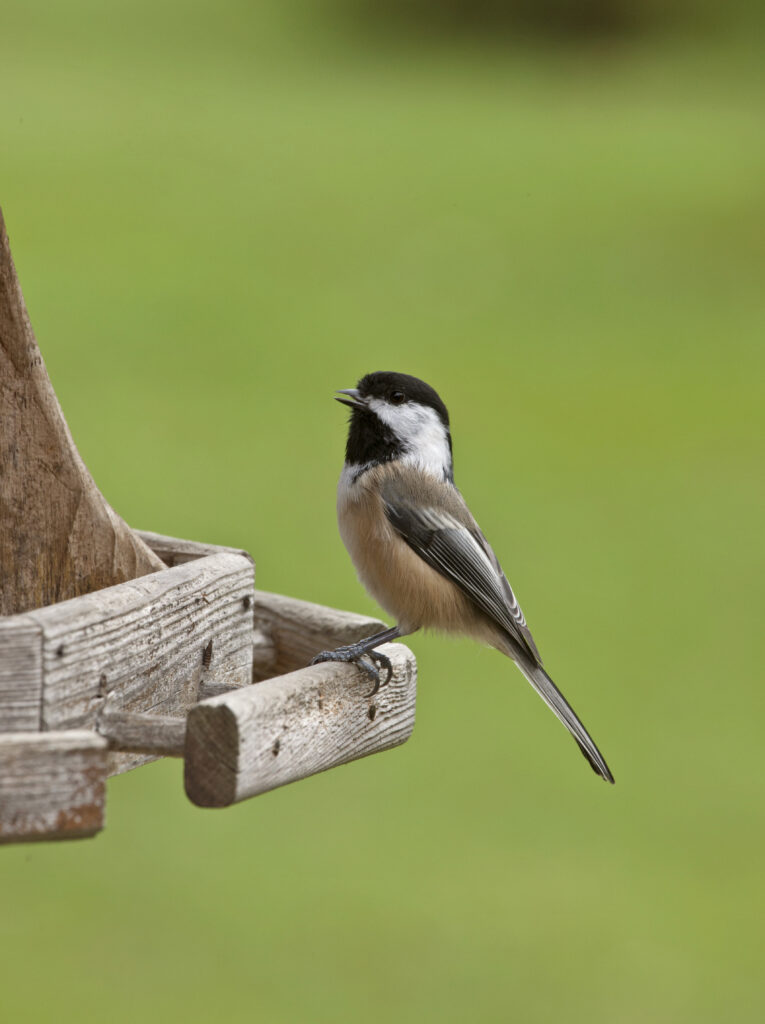 |
| 9.5 | Check Price |
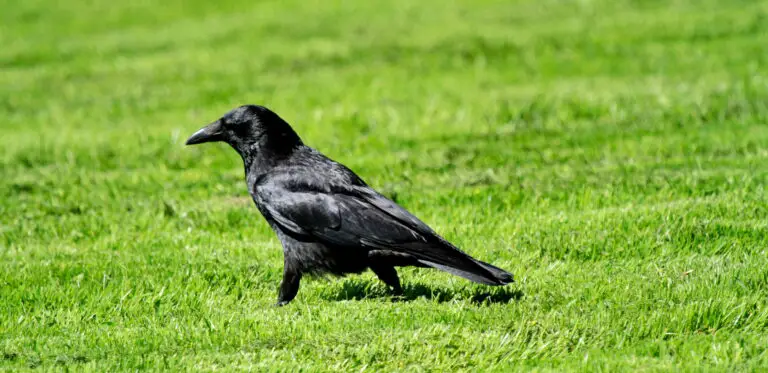 |
| 9.5 | Check Price |
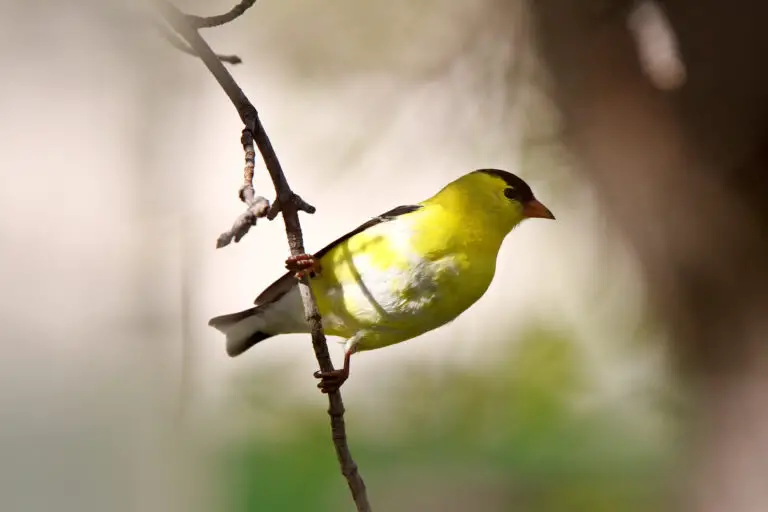 |
| 9.5 | Check Price |
 |
| 9.5 | Check Price |
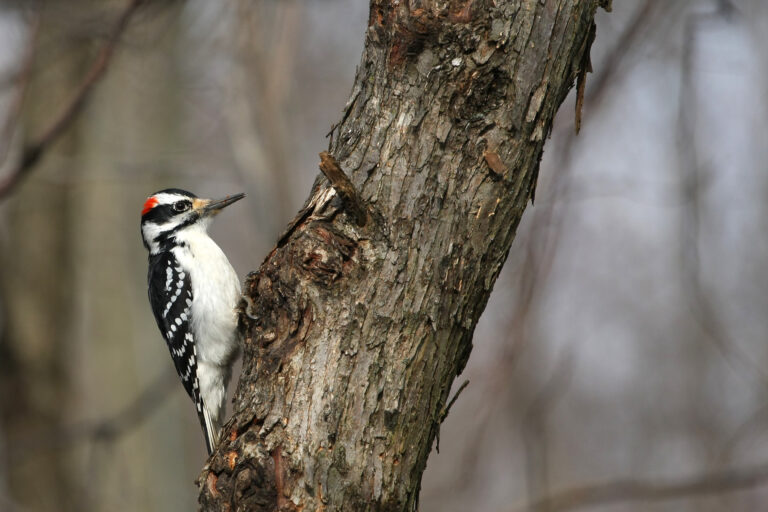 |
| 9.5 | Check Price |
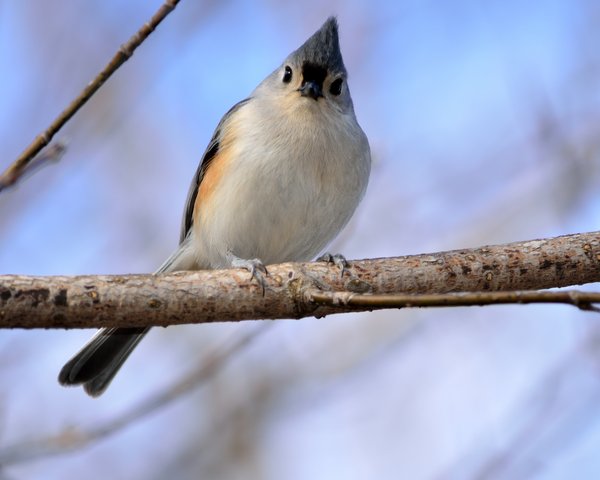 |
| 9.5 | Check Price |
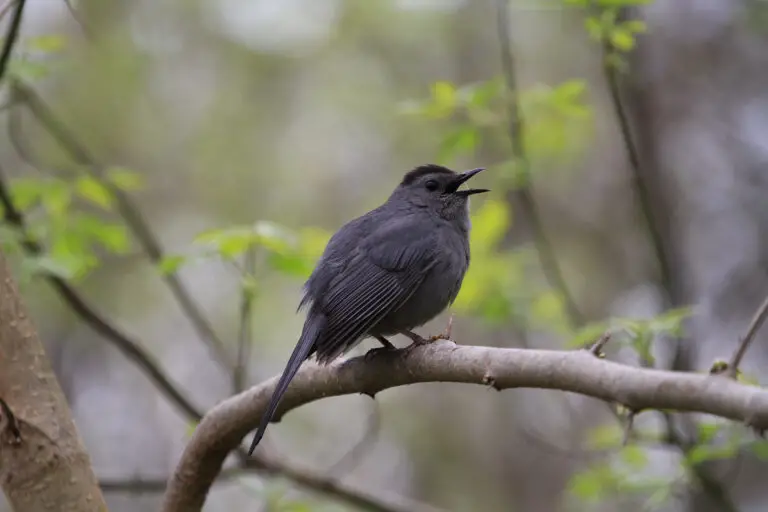 |
| 9.5 | Check Price |
 |
| 9.5 | Check Price |
 |
| 9.5 | Check Price |
If you don’t have the time to read the whole article, check out this video on 24 Common Birds in New Hampshire for a quick understanding.
Common Birds in New Hampshire
1. Northern Cardinal

Northern cardinals have bright red, gorgeous feathers all over their bodies and a red crest over their heads.
Like other cardinal species, the Northern cardinal has a large beak that helps them split open seeds.
Females also have a similar body shape to males, but their plumage is pale brown and duller, with orange plumage on the tails, wings, and crest.
Northern cardinals may be found all year round in New Hampshire, and they can also be found in open woodlands.
They also are one of North America’s most frequent birds.
A significant population is found in the eastern area of the Rocky Mountains, whereas there is very few west of the Rockies.
The Northern Cardinal prefers mixed woods with an open understory for foraging and deep cover for breeding.
In these areas, they may find fruit-bearing trees like oaks and cherries; besides them, they also find. Insect-rich flora to feed on.
Cardinals consume nuts, berries, caterpillars, spiders, insects, tiny lizards, and hatchlings of other birds and frogs, among other things.
Below are the characteristics of the Northern Cardinal,
| Scientific Name | Cardinalis cardinalis |
| Family Name | Cardinalidae |
| Length | 8.3 – 9 inches |
| Weight | 1.5 – 1.8 oz |
| Wingspan | 9.8 – 12.2 in |
| Habitat | Woodlands, gardens, shrublands |
| Food | Seeds, fruits, insects, spiders, buds |
2. Song Sparrow
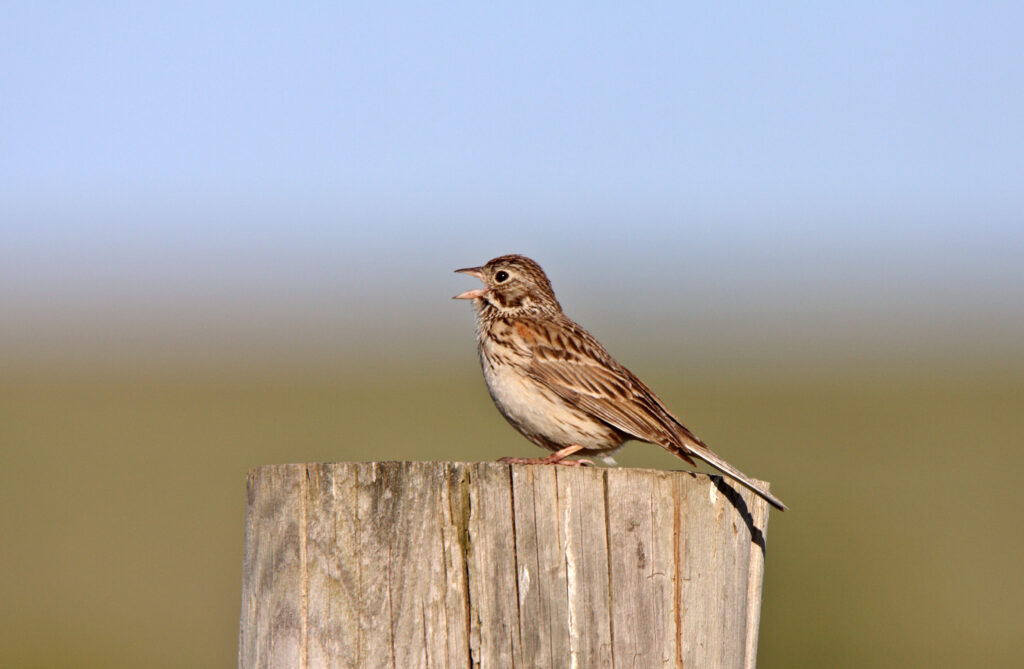
Song Sparrows are a species of bird found in North America.
The range of these birds extends from Ontario to the United States and Mexico.
They may be found in various settings, although they prefer deep vegetation and heavy bushes.
Ants, insects, spiders, moths, bugs, crickets, caterpillars, and snails are the tiny insects and invertebrates they consume.
These birds have a distinctive song that may be heard near water or on farmlands searching for food or nesting places.
The finest time to listen to their music is in the spring.
Below are the characteristics of the Song Sparrow,
| Scientific Name | Melospiza melodia |
| Family Name | Passerellidae |
| Length | 5.5 – 7.5 in |
| Weight | 0.8 – 1.3 oz |
| Wingspan | 7.9 – 9.1 in |
| Habitat | Wetlands, meadows, marshes, brushy areas |
| Food | Seeds, insects, spiders, fruits, berries, small snails, and crustaceans |
3. House Finch
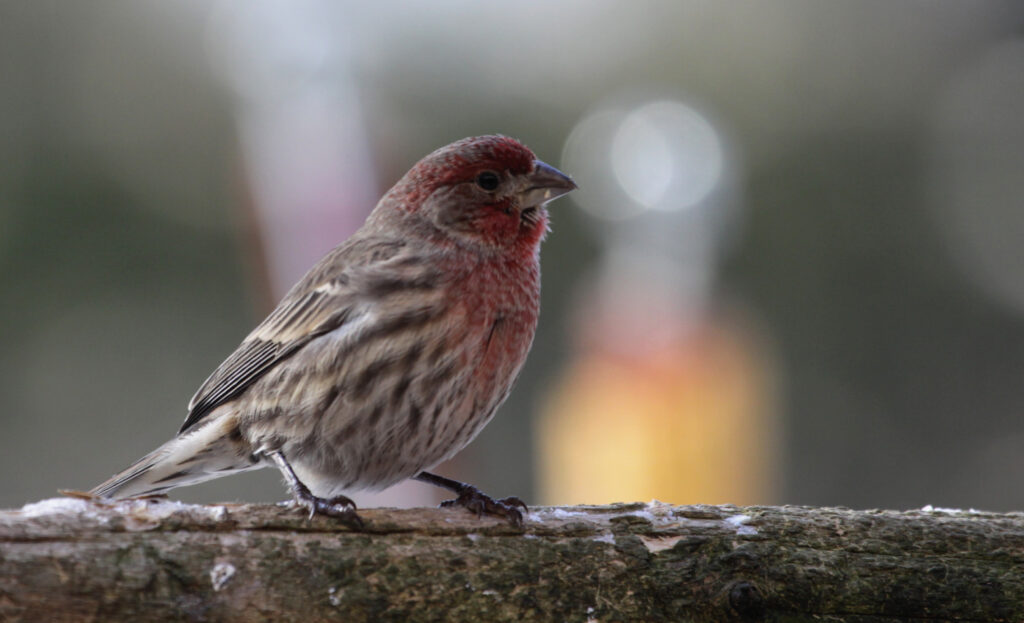
House finch is known to be one of New Hampshire’s most frequent backyard birds, and the males may be identified by their distinctive color.
The rosy red plumage of the little bird spreads from its neck and chest to its wingspan, with brown streaks running down its body and tail.
However, keep in mind that the richness of the red hue is strongly linked to the bird’s nutrition.
Females, on the other contrary, have a pale brown and grey coloring.
These birds are among one those birds that may be found in your garden all year and may even nest in bird boxes.
Below are the characteristics of the House Finch,
| Scientific Name | Haemorhous mexicanus |
| Family Name | Fringillidae |
| Length | 5 – 6 inches |
| Weight | 0.6 – 1 oz |
| Wingspan | 8 – 9 inches |
| Habitat | Urban, and suburban areas |
| Food | Seeds, fruits, buds, insects, nectar |
4. Dark-eyed Junco

Dark-eyed Junco are tiny birds belonging to the sparrow family.
The junco is found across the Northern Hemisphere, including America, Eurasia, and Greenland.
Juncos may be found in a variety of environments, including woods, deserts, marshes, and agriculture.
Because they prefer to live near people for safety reasons, they will commonly occupy human constructions such as stables or other outbuildings.
Arthropods such as bugs, beetles, crickets, moths, spiders, and berries from shrubs and trees make up their diet.
They are nomadic birds, which means they tend to migrate and they go south during the winter months.
Below are the characteristics of the Dark-eyed Junco,
| Scientific Name | Junco hyemalis |
| Family Name | Emberizidae |
| Length | 5.5 – 6.3 in |
| Weight | 0.6 – 1 oz |
| Wingspan | 7.5 – 9.8 in |
| Habitat | Forests, woodlands, and gardens |
| Food | Seeds, insects, and berries |
5. Red-Bellied Woodpecker
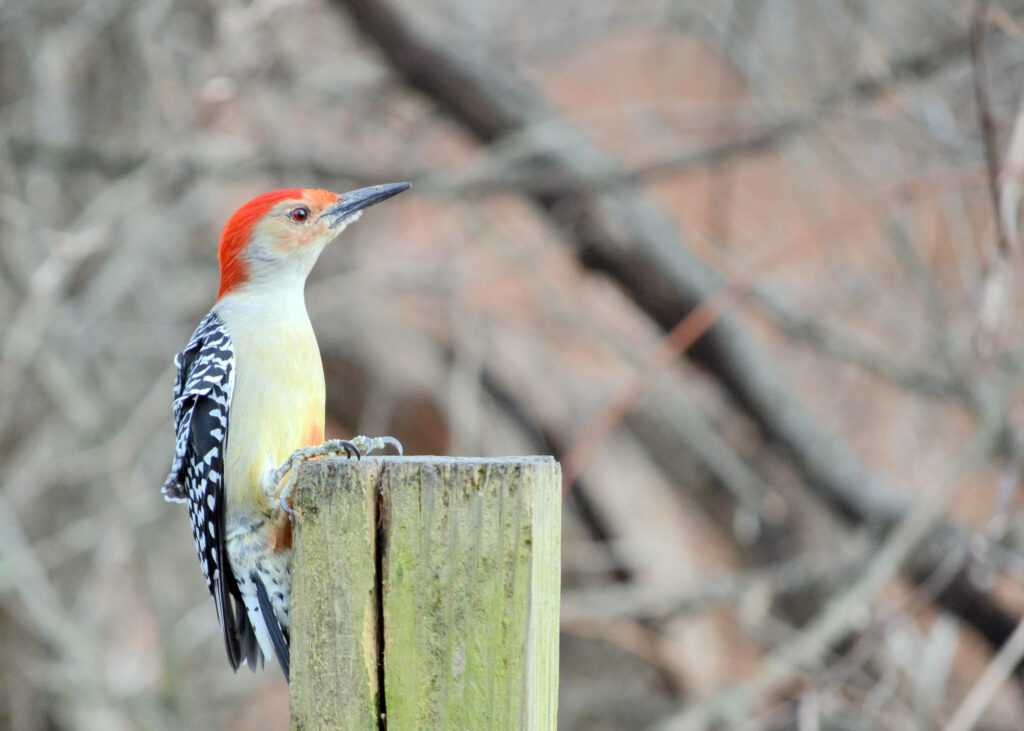
The state of New Hampshire has a diverse range of woodpecker species.
The Red-bellied woodpecker is known to be one of the most colorful woodpecker species, yet it is not the most common.
Additionally, these birds are accustomed to living in cities and visiting bird feeders, and sometimes even building nests in bird boxes.
The back of the bird is decorated with a distinctive checkered pattern and a brilliant orange-red patch that runs throughout from the top of the head to the back.
As the name indicates, it also has a little crimson color on its belly.
The bird eats a variety of insects and tiny fish found in ponds and rivers.
Below are the characteristics of the Red-Bellied Woodpecker,
| Scientific Name | Melanerpes carolinus |
| Family Name | Picidae |
| Length | 9 – 10.6 in |
| Weight | 2.0 – 3.2 oz |
| Wingspan | 16.5 – 18.9 in |
| Habitat | Woodlands, forests, and suburban areas |
| Food | Insects, spiders, fruits, nuts, and seeds |
6. Red-Winged Blackbird
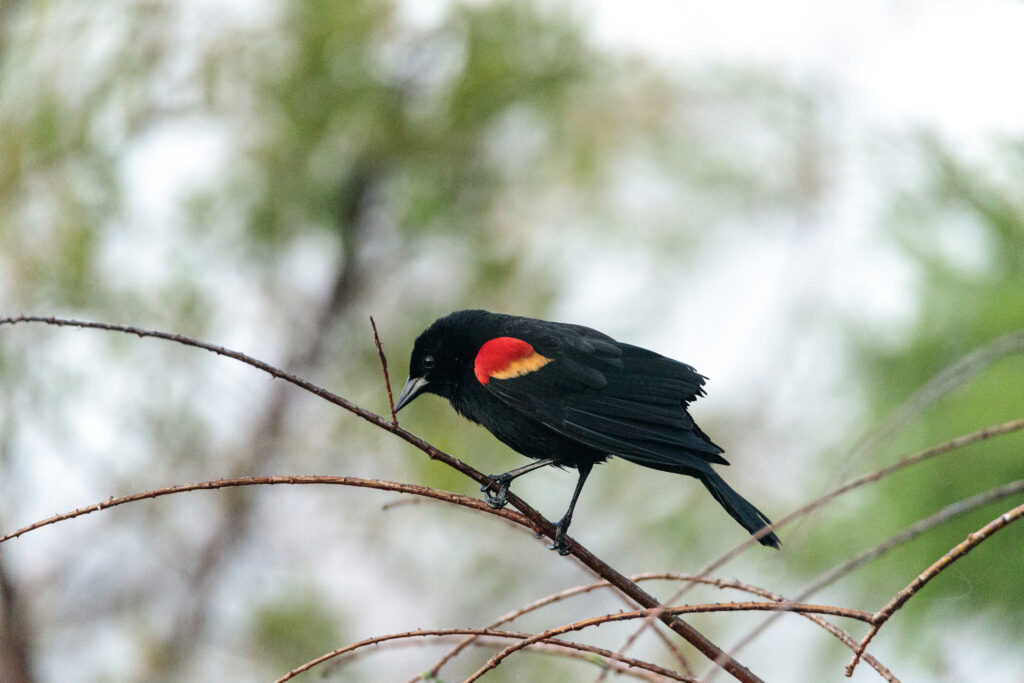
Red-Winged Blackbirds are fascinating and spectacular birds prevalent in much of North America.
The body is black with brilliant yellow and red feathers on both shoulders.
Males have dark brown plumage with thick white streaks running across their wings and bellies, while females have a dark brown appearance with strong white streaks running through their wings and stomachs.
The bird likes to be near water and will frequently land in yards with bird fountains.
Below are the characteristics of the Red-Winged Blackbird,
| Scientific Name | Agelaius phoeniceus |
| Family Name | Icteridae |
| Length | 7 – 9.5 in |
| Weight | 1.5 – 2.7 oz |
| Wingspan | 12.2 – 15.8 in |
| Habitat | Wetlands, marshes, and fields |
| Food | marshes, and fields Seeds, grains, insects, and worms |
7. Downy Woodpecker

Even though New Hampshire has a wide range of woodpeckers, you’re more likely to see these birds than any other bird because they’re the most prevalent.
They’re smaller as compared to the other birds and possess unique red napes and stripes of white color on their heads, making them easy to spot.
They should not be confused with the Hairy Woodpecker, which is much bigger.
Take note of the tail.
The outer tail feathers of downy woodpeckers feature dots.
Like the Red-bellied woodpecker, this bird is accustomed to living in urban areas and will browse in backyards, particularly if food, berries, or black oil sunflower seeds are placed out in the open.
Insects such as bees, beetles, caterpillars, worms, invertebrates, or maggots that hide beneath bark or logs and nuts, cherries, fruits, acorns, and seeds from maple and oak trees, are eaten by Downy Woodpeckers.
They may store seeds for the winter by burying them in tree holes or on the tops of fence posts.
They are moderate birds that are widely distributed across North America.
They may be found all over Canada and the eastern United States.
Downy Woodpeckers may be seen in all 50 states.
They may be found in a variety of environments, including deserts, prairies, highlands, woodlands, and swamps.
Below are the characteristics of the Downy Woodpecker,
| Scientific Name | Picoides pubescens |
| Family Name | Picidae |
| Length | 5.5 – 6.7 in |
| Weight | 0.7 – 1.0 oz |
| Wingspan | 9.8 – 11.8 in |
| Habitat | Forests, woodlands, and suburban areas |
| Food | Insects, larvae, seeds, and berries |
8. Pileated Woodpecker

One of the largest woodpecker species found in New Hampshire is the Pileated Woodpecker.
The fiery red crown on its head distinguishes the bird, making it much easier to notice and identify.
Males have black wings, while females have brown wings, allowing you to distinguish between them.
While searching for insects, they are noted for the characteristic deep holes in the rectangular style it produces in neighboring tree trunks.
Insects would account for half of the bird’s daily meals in an ideal world.
On the other hand, Pileated woodpeckers would appreciate a secondary snack of fruits and nuts.
Below are the characteristics of the Pileated Woodpecker,
| Scientific Name | Dryocopus pileatus |
| Family Name | Picidae |
| Length | 16 – 19 in |
| Weight | 8 – 14 oz |
| Wingspan | 26 – 30 in |
| Habitat | Mature forests and woodland areas |
| Food | Insects, ants, beetles, fruits, and nuts |
9. Blue Jay
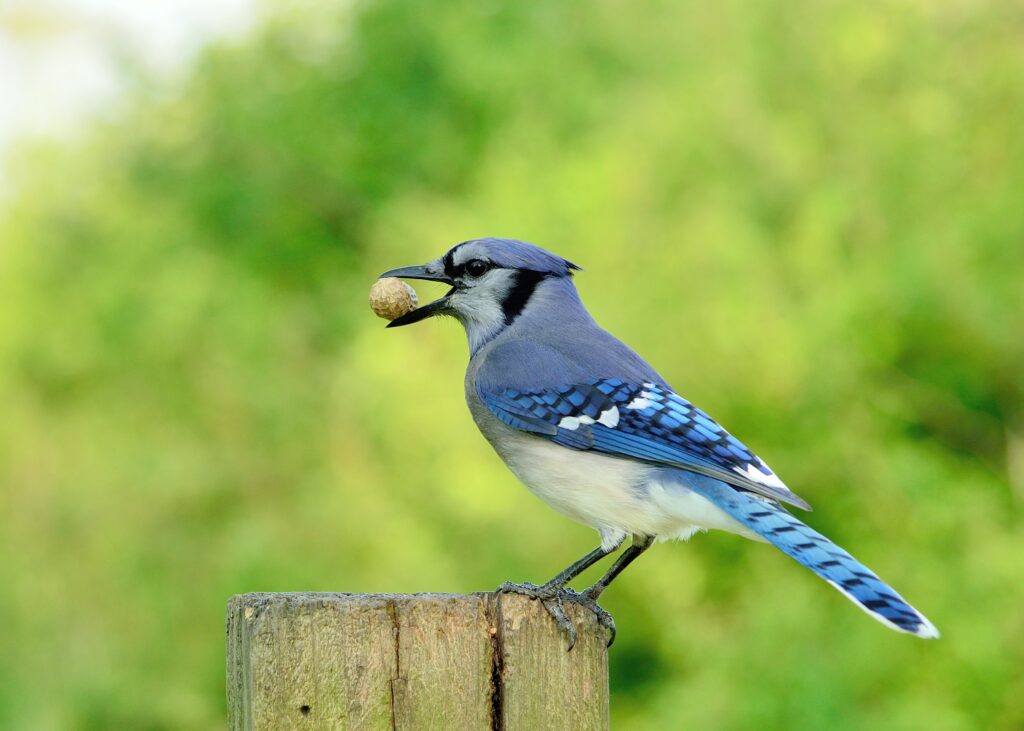
They are fascinating bird species. Their range extends from the east coast of Canada to Texas.
Deciduous woods, mixed woodlands, pine forests, shrub areas, and hilly areas.
Blue Jays consume various foods, including nuts, seeds, insects (especially grasshoppers), fruits, eggs, nestlings, and carrion.
Blue jay migration patterns change according to the season.
They will move south during the winter season when very little food is available due to leafless trees.
In New Hampshire, they are the most frequent blue-colored birds.
The bird is easily recognized by its dazzling cyan hue, black choker, and blue crown on its head.
It’s important to note that the blue color of the feather is caused by the structure of the feather rather than pigments; therefore, each particular plume is actually white.
Some people might consider Blue jays to be a nuisance because of their extremely loud and persistent cries, despite their beautiful color and magnificent appearance.
Blue jays are incredibly intelligent and cunning since they can mimic a hawk’s cry to warn other birds.
They’re also capable of cracking open hard nuts.
Below are the characteristics of the Blue Jay,
| Scientific Name | Cyanocitta cristata |
| Family Name | Corvidae |
| Length | 9 – 12 in |
| Weight | 2.5 – 3.5 oz |
| Wingspan | 13 – 17 in |
| Habitat | Forests, woodlands, parks, and gardens |
| Food | Seeds, nuts, fruits, insects, and eggs |
10. Common Grackle

The Common Grackle has a medium to big body size.
The bird has a big beak and an even extended tail.
The bird-like congregate in huge groups, particularly in lofty trees in old woods.
When the birds are in a group, they may be fairly vocal, making them easy to recognize and identify.
In addition, the bird has a distinct color pattern.
The heads and necks of both males and females are covered in an iridescent blue plumage.
Females, on the other hand, are usually paler than males.
Below are the characteristics of the Common Grackle,
| Scientific Name | Quiscalus quiscula |
| Family Name | Icteridae |
| Length | 11 – 13 in |
| Weight | 3.0 – 4.9 oz |
| Wingspan | 14 – 18 in |
| Habitat | Meadows, farmlands, wetlands, and urban areas |
| Food | Insects, fruits, seeds, and small vertebrates |
11. Eastern Bluebird

The Eastern bluebird may be seen in abundance across New England.
The bird is distinguished by its strikingly bright blue plumage covering its forehead, feathers, and back.
The remainder of the physique is usually coated in white, brown, or bronze tones.
Eastern bluebirds prefer to fly above broad fields and the countryside.
Thus they are uncommon to land in backyards.
When they’re not foraging mealworms, lizards, tiny spiders, or tree frogs, the bird likes to rest on telephone lines and fence posts.
Below are the characteristics of the Eastern Bluebird,
| Scientific Name | Sialia sialis |
| Family Name | Turdidae |
| Length | 6.3 – 7.1 in |
| Weight | 0.9 – 1.1 oz |
| Wingspan | 9.8 – 12.2 in |
| Habitat | Open woodlands, meadows, and farmlands |
| Food | Insects, fruits, berries, and small invertebrates |
12. Belted Kingfisher

Even though the belted kingfisher is only seen in small numbers in the northeast, it appears to enjoy New Hampshire!
They have a distinct appearance that makes them quite easy to recognize.
The crown on top of the bird’s slate-blue head and the blueish-grey plumage on the rear and tails, with black and blue wings, is the bird’s most distinguishing traits.
The underbelly of the bird is usually yellow.
Female Belted kingfishers, on the other hand, have a broad brown-colored band across their bellies, which is how they got their name.
Below are the characteristics of the Belted Kingfisher,
| Scientific Name | Megaceryle alcyon |
| Family Name | Alcedinidae |
| Length | 11 – 14 in |
| Weight | 4.9 – 6.0 oz |
| Wingspan | 19 – 23 in |
| Habitat | Rivers, lakes, streams, and coastal areas |
| Food | Fish, crustaceans, insects, and small vertebrates |
13. Blue-Headed Vireo

This Vireo can be found in mixed forests where pine trees and deciduous trees coexist in the summer.
It moves slowly around the branches when it feeds, hunting for insects.
Its nest, a hefty cup hung on a twig’s fork, is usually simple to spot.
The songbird is a tiny, stocky bird with a long and hefty tail.
In comparison to singers, the bird’s legs are also thicker.
The bird’s rear, tails, and wings are all a soft olive-green hue.
The bird’s name comes from its white undersides and dark bluish-gray head coloration.
Below are the characteristics of the Blue-Headed Vireo,
| Scientific Name | Vireo solitarius |
| Family Name | Vireonidae |
| Length | 5.5 – 6.7 in |
| Weight | 0.4 – 0.6 oz |
| Wingspan | 8.7 – 9.8 in |
| Habitat | Coniferous and mixed forests |
| Food | Insects, spiders, and small invertebrates |
14. American Robin

This common bird has a striking orange hue that is uncommon among North American birds.
The bird’s underparts and breasts are usually covered with reddish-orange plumage.
Besides the white neck, the remaining of the robin’s body is midnight black.
Aside from its hue, the bird is noted for producing some of the most colorful eggs, which have a dazzling sky blue color, which makes them easy to spot from afar.
The bird has a beautiful singing tone and will linger around in backyards, eating insects and fruits.
In North America, this bird is a tiny yet ubiquitous bird.
During the summer, these birds are mostly found in the eastern parts of the United States of America as well as in Canada.
The robins move to Mexico during the winter and stay until April.
Grasslands, gardens, and even parks can also be located in wetland regions around ponds or lakes, which are all common habitats for robins.
Earthworms are the principal food of robins, which they locate by probing soft dirt with their beaks.
Below are the characteristics of the American Robin,
| Scientific Name | Turdus migratorius |
| Family Name | Turdidae |
| Length | 9.8 – 11 in |
| Weight | 2.7 – 3.0 oz |
| Wingspan | 12.2 – 16.1 in |
| Habitat | Woodlands, forests, gardens, and suburban areas |
| Food | Earthworms, insects, berries, fruits, and seeds |
15. Scarlet Tanager

The Scarlet Tanager is a cardinal rather than a manager despite its name.
The hue of the bird is a vivid reddish-orange.
Both males and females have the color, which covers the bird’s whole body apart from the blackish tail and wings.
Scarlet Tanager males are almost too brilliant and exotic for the northern woods.
These birds are rather widespread in oak woodlands in the summer, although they typically stay hidden while they feed in the top leafy branches.
When these birds return from their winter habitat in South America in the spring, a late freeze will push them out into the open as they seek insects along roadsides or in gardens.
Scavenges mostly in huge trees (particularly oaks), intentionally seeking insects amid the leaves.
Occasionally flies out to collect insects in mid-air and may hover for a little while capturing an item.
It also forages in low bushes or on the ground in cold weather.
Below are the characteristics of the Scarlet Tanager,
| Scientific Name | Piranga olivacea |
| Family Name | Cardinalidae |
| Length | 6.3 – 7.5 in |
| Weight | 0.9 – 1.1 oz |
| Wingspan | 9.8 – 10.6 in |
| Habitat | Deciduous and mixed forests |
| Food | Insects, fruits, and berries |
16. Black-capped Chickadee

These tiny songbirds dwell in the Northern Hemisphere and are also prevalent.
This bird eats insects and seeds mostly but will also consume nuts, berries, and tree sap.
They feed on snow-covered trees or shrub buds in the winter.
Birds flock to bird feeders in search of seeds or suet.
Frequently reserves food to reclaim it later.
This little bird’s short neck and huge head give it a striking, spherical body form.
They also have long, slender tails and a short beak that is somewhat thicker than that of a warbler but not as thick as a finch.
Black-capped Chickadees rarely stay at feeders unless they want to take grain to eat elsewhere.
They are athletic and form flocks.
With a bouncing flight, they frequently fly across roadways and open spaces one at a time.
Below are the characteristics of the Black-capped Chickadee,
| Scientific Name | Poecile atricapillus |
| Family Name | Paridae |
| Length | 4.7 – 5.9 in |
| Weight | 0.3 – 0.5 oz |
| Wingspan | 6.3 – 8.7 in |
| Habitat | Forests, woodlands, and suburban areas |
| Food | Insects, seeds, nuts, and berries |
17. American Crow

In North America, the American Crow is considered a common and prolific bird.
As it hunts down for food on the surface or goes up to consume insects from trees, this bird eats both plants and animals.
It lives in rural regions, suburban communities, municipal parks, and other areas with plenty of food or water sources across North America.
Crows can congregate in communal roosts on winter evenings, especially when not breeding.
Ants, worms, slugs, roundworms, frogs, tiny reptiles, crabs, carrion, rubbish, and offspring of other birds, grain, cherries, and fruit appear to be among their favorite meals.
Below are the characteristics of the American Crow,
| Scientific Name | Corvus brachyrhynchos |
| Family Name | Corvidae |
| Length | 16 – 20 in |
| Weight | 11.5 – 21.9 oz |
| Wingspan | 33 – 39 in |
| Habitat | Various habitats including forests, fields, and urban areas |
| Food | Omnivorous diet including insects, seeds, fruits, and carrion |
18. American Goldfinch
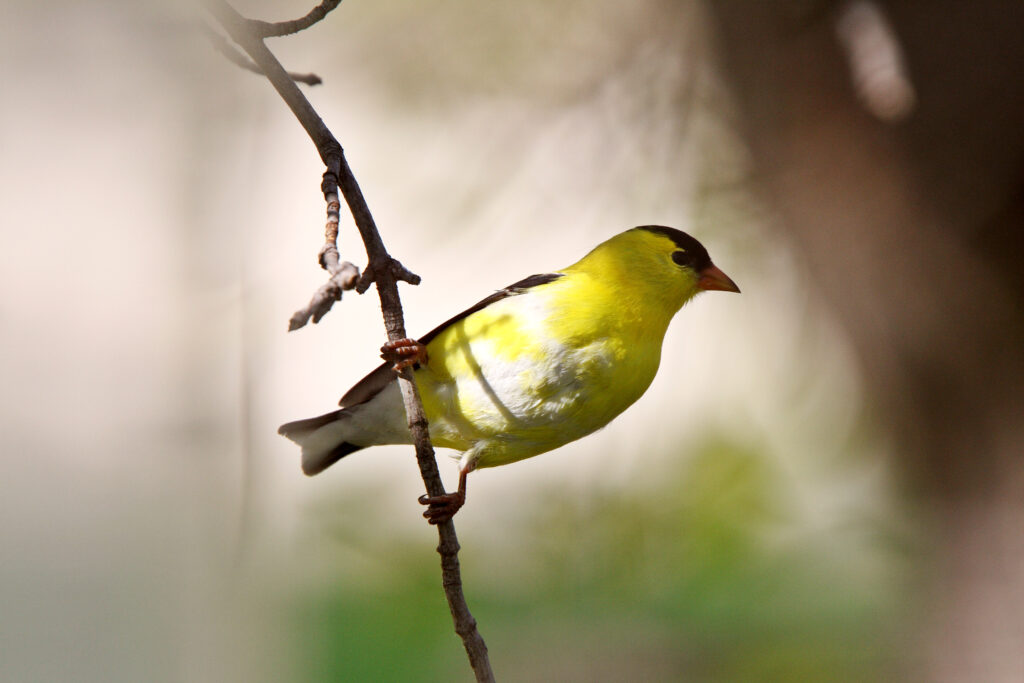
The American Goldfinch is a tiny bird with a wide range of habitats.
They are endemic to North America and breed in the far North.
The migration movements of these birds are determined by their habitat.
When they can locate them, they consume grasshoppers, crickets, aphids, weevils, beetles, and seeds and fruits.
It forages among plants, bushes, and trees to obtain the seeds, frequently climbing acrobatically on plants like thistles.
Usually forages in flocks, except during mating season.
Frequently visits feeders in search of tiny seeds.
Below are the characteristics of the American Goldfinch,
| Scientific Name | Spinus tristis |
| Family Name | Fringillidae |
| Length | 4.3 – 5.1 in |
| Weight | 0.4 – 0.6 oz |
| Wingspan | 7.5 – 8.7 in |
| Habitat | Open fields, meadows, and gardens |
| Food | Seeds, especially from sunflowers |
19. White-breasted Nuthatch

The White-breasted Nuthatch belongs to the Sittidae family of birds.
They may be found across Eastern North America, from Canada to Florida, and even into Mexico.
White-breasted, the back of a nuthatch is gray-blue, with a white face and white underparts.
The black or grey hat and neck surround the face and provide the appearance of a hood on this bird.
Chestnut is commonly found on the lower abdomen and under the tail.
Insects, seeds, nuts, and berries, which they obtain on trees or in feeders, are the nuthatches’ main sources of nutrition.
White-breasted Nuthatches are fast-moving birds that scurry over trunks and huge branches, their straight, pointed beak digging into bark furrows.
Below are the characteristics of the White-breasted Nuthatch,
| Scientific Name | Sitta carolinensis |
| Family Name | Sittidae |
| Length | 5.5 – 6.3 in |
| Weight | 0.6 – 1 oz |
| Wingspan | 8.7 – 10.6 in |
| Habitat | Deciduous and mixed forests |
| Food | Insects, seeds, nuts, and small vertebrates |
20. Hairy Woodpecker
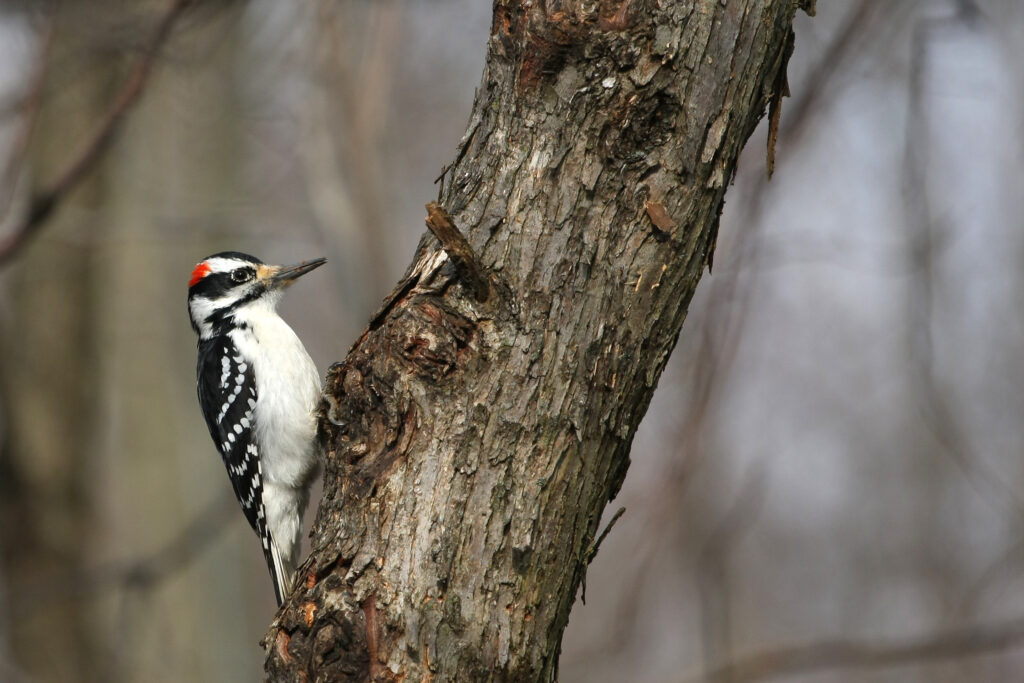
Hairy Woodpeckers are a widespread North American bird with a wide variety of habitats.
Canada, the United States, and Mexico are all home to them.
They dwell in various environments, although the woods, jungles, and suburban areas near homes are the most prevalent.
They eat largely termites and other invertebrates that they locate on the ground or obtain through pecking at tree bark.
They’ll consume fruit, larvae, nuts, spider, slugs, tiny reptiles like lizards and snakes, and larvae discovered beneath logs or rocks, among other things.
Below are the characteristics of the Hairy Woodpecker,
| Scientific Name | Picoides villosus |
| Family Name | Picidae |
| Length | 7.5 – 10.3 in |
| Weight | 1.4 – 3.4 oz |
| Wingspan | 13 – 16.1 in |
| Habitat | Forests, woodlands, and suburban areas |
| Food | Insects, larvae, seeds, and berries |
21. Tufted Titmouse

The Tufted Titmouse is a tiny, stocky songbird with a short tail and an average weight of 8.6 grams.
Parks, yards, forests, meadows, lots of trees areas, and suburbs are among the titmice’s preferred habitats, including gardens, lawns, woods, farms, wooded areas, and suburbs.
It consumes caterpillars, ants, beetles, and spiders, particularly during the summer months.
The diet adjusts to include more cherries and nuts from oak and hickory trees when winter arrives.
Below are the characteristics of the Tufted Titmouse,
| Scientific Name | Baeolophus bicolor |
| Family Name | Paridae |
| Length | 5.5 – 6.3 in |
| Weight | 0.6 – 0.9 oz |
| Wingspan | 7.9 – 9.8 in |
| Habitat | Forests, woodlands, and suburban areas |
| Food | Insects, seeds, nuts, and berries |
22. Gray Catbird
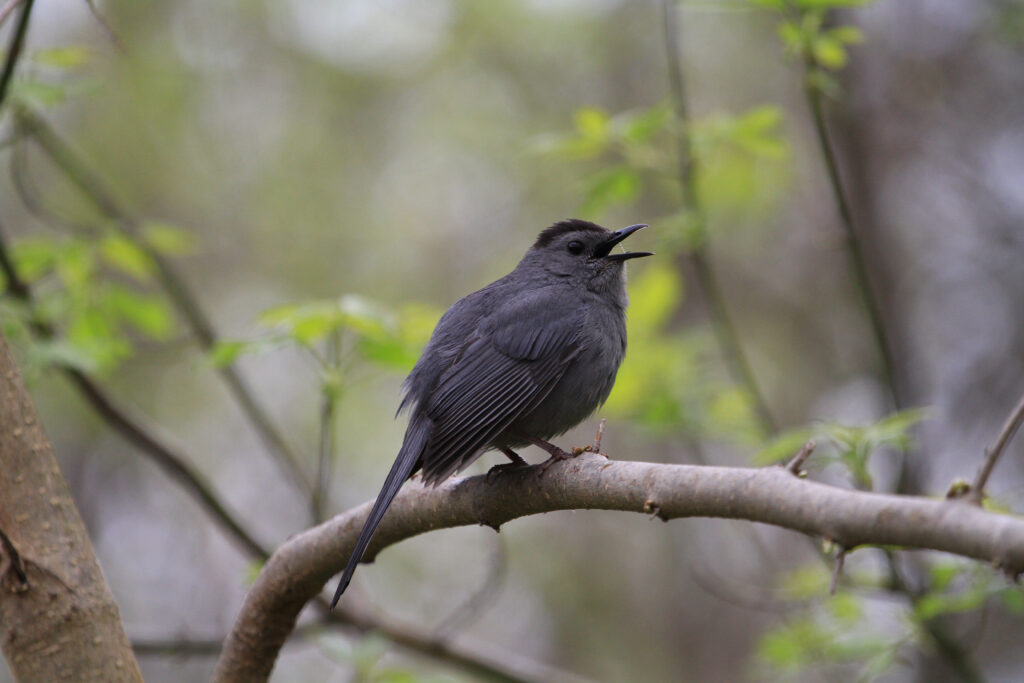
Gray Catbirds are named for the catty mew sound they make, lasting up to 10 minutes.
Grey feathers, a black head and tail, and a red mark under their seats distinguish these medium-sized songbirds.
Gray Catbirds live in dense shrubs, small trees, forest edges, and hedgerows.
Dogwood, winterberry, and serviceberry are examples of fruit and fruit trees or shrubs that might draw more of these birds to feeders.
Below are the characteristics of the Gray Catbird,
| Scientific Name | Dumetella carolinensis |
| Family Name | Mimidae |
| Length | 8 – 9 in |
| Weight | 0.8 – 1.8 oz |
| Wingspan | 9.8 – 11.8 in |
| Habitat | Shrubby habitats, thickets, and gardens |
| Food | Insects, fruits, berries, and seeds |
23. Purple Finch

The Purple finch is one of the most striking birds that may be seen in New Hampshire.
The bird’s predominant color is raspberry-red, with purple tints strewn throughout its body, despite its name.
They have a rather wide bill relative to other sparrows and are usually found perching in open woodlands and forested places.
However, because they eat insects, they usually graze on the ground.
Below are the characteristics of the Purple Finch,
| Scientific Name | Haemorhous purpureus |
| Family Name | Fringillidae |
| Length | 4.7 – 6.3 in |
| Weight | 0.9 – 1.1 oz |
| Wingspan | 9.1 – 11.0 in |
| Habitat | Coniferous forests, mixed woodlands, gardens |
| Food | Seeds, fruits, buds, and insects |
24. Eastern Screech Owl

Despite their tiny structure, they are amongst the most widespread birds that one may see in New Hampshire.
The bird blends in well because of its modest coloring, making it tough to see.
Even though the bird is completely nocturnal, it enjoys hanging out in residential neighborhoods and suburban regions.
The bird is noted for having artificial ear tufts that it uses to communicate with other birds and scare them.
Below are the characteristics of the Eastern Screech Owl,
| Scientific Name | Megascops asio |
| Family Name | Strigidae |
| Length | 7.9 – 9.8 in |
| Weight | 4.3 – 8.6 oz |
| Wingspan | 18.9 – 24.0 in |
| Habitat | Forests, woodlands, parks, and suburban areas |
| Food | Small mammals, birds, insects, and reptiles |
Conclusion
In conclusion, New Hampshire is a haven for bird enthusiasts, offering a diverse range of avian species that captivate both locals and visitors alike.
Throughout this article, we have explored 24 common birds found in the region, each one showcasing unique characteristics and behaviors.
From the majestic Bald Eagle soaring through the skies to the cheerful American Robin hopping across lawns, New Hampshire’s bird population provides a rich tapestry of natural beauty and ecological importance.
The state’s varied habitats, including forests, wetlands, and coastal areas, attract a wide array of avifauna, ensuring there is always something new and exciting to discover.
Whether you’re an avid birdwatcher or simply appreciate the beauty of nature, New Hampshire’s birds offer endless opportunities for observation and appreciation.
The melodious songs of the Eastern Bluebird and the vibrant plumage of the Scarlet Tanager are just a few examples of the wonders that await those who venture into the state’s parks, trails, and conservation areas.
Birdwatching not only provides a chance to connect with nature but also offers valuable insights into the health of ecosystems and the impact of human activities on wildlife.
By learning about and protecting the birds of New Hampshire, we contribute to the preservation of their habitats and the overall biodiversity of the region.
In conclusion, the 24 common birds showcased in this article are just a glimpse into the vibrant birdlife that New Hampshire has to offer.
Their presence reminds us of the incredible diversity and resilience of nature and the importance of cherishing and safeguarding these treasures for generations to come.
So grab a pair of binoculars, step outside, and embark on a birdwatching adventure in the captivating landscapes of New Hampshire, where the skies come alive with the beauty of winged wonders.
FAQ
What is the best time of year to go birdwatching in New Hampshire?
The best time for birdwatching in New Hampshire is during the spring and fall migration seasons. Many species pass through the state during these times, making it an excellent opportunity to spot a wide variety of birds.
What types of habitats should I visit to see different bird species in New Hampshire?
New Hampshire offers diverse habitats that attract various bird species. Forested areas are home to songbirds, while wetlands and marshes are frequented by waterfowl and wading birds. Coastal regions attract seabirds, and open fields may host species like hawks and sparrows.
Are there any endangered bird species in New Hampshire?
Yes, New Hampshire is home to a few endangered bird species, such as the Upland Sandpiper and the Golden-winged Warbler. Conservation efforts are in place to protect these vulnerable populations and their habitats.
Can I attract birds to my backyard in New Hampshire?
Absolutely! You can attract birds to your backyard by providing bird feeders filled with appropriate seeds and nectar. Planting native shrubs and trees can also create a welcoming habitat for birds, offering food and shelter.
Are there any birdwatching events or guided tours in New Hampshire?
Yes, there are birdwatching events and guided tours organized by local birding groups and nature organizations in New Hampshire. These events provide an opportunity to learn from experienced birdwatchers and discover new species in different locations.
Last Updated on July 11, 2023 by Lily Aldrin
